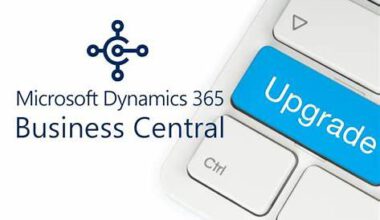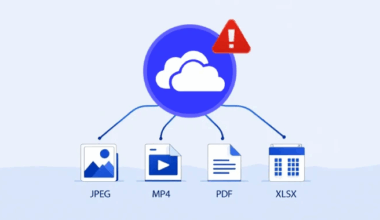Excel is a powerful spreadsheet software developed by Microsoft. It is one of the most widely used and recognized programs for data analysis, calculations, data visualization, and managing numerical information. Below is an overview of Excel, including its key features and capabilities.
Features and Capabilities – An Overview of Excel
- Spreadsheet Functionality: Excel is based on the concept of a spreadsheet, consisting of cells arranged in rows and columns. Users can enter, edit, and format data in individual cells, enabling complex calculations and data manipulation.
- Formulas and Functions: One of Excel’s most powerful features is its ability to use formulas and functions. Formulas allow users to perform mathematical calculations, logical operations, and complex data manipulations. Excel offers an extensive library of predefined functions such as
SUM,AVERAGE,IF,VLOOKUP, and many others to help perform specific calculations and tasks. - Data Analysis: Excel provides comprehensive data analysis capabilities. Users can sort, filter, and summarize data using features such as sorting, filtering, PivotTables, and charts. Excel also supports advanced analysis techniques such as regression analysis, hypothesis testing, and scenario analysis to provide insights into the data.
- Charts and Data Visualization: Excel offers a wide variety of chart types that allow users to visually display and communicate data. Users can create, customize, and format charts to illustrate trends, patterns, and relationships in the data. This helps make complex data easier to understand and present in a visually appealing way.
- Data Management: Excel includes various features for organizing and managing data. Users can create workbooks and worksheets to structure and categorize information. Excel also supports data validation, filters, subtotals, grouping, and other tools that simplify data management processes.
- Automation and Macros: With the help of VBA (Visual Basic for Applications), users can create custom automation scenarios and automate complex tasks. Users can record, edit, and run macros to automate repetitive actions and boost productivity.
Integration with Other Applications:
Integration with Other Microsoft Office Applications: Excel seamlessly integrates with other Microsoft Office apps such as Word, PowerPoint, and Outlook. Users can link or embed data and charts in documents and presentations, maintaining a consistent data source that can be easily updated.
Excel is a versatile and powerful tool used across various domains, including finance, accounting, statistics, science, engineering, and more. It enables users to manage data, perform complex calculations, identify trends, and visually present information. With its broad range of features and capabilities, Excel has become an essential tool for data analysis and decision-making.
More information about Excel can be found here. More information about the author of this blog post can be found here.






